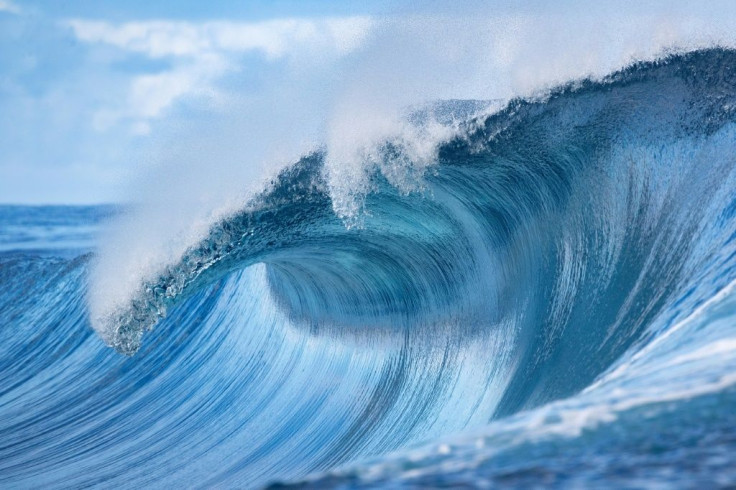5 Oceans? Nat Geo Recognizes Southern Ocean As World's Fifth Ocean
KEY POINTS
- This move will help increase awareness of the Southern Ocean's conservation
- Its area is still facing threats such as climate change and garbage pollution
- Unsustainable industrial fishing remains a problem in the area as well
There are five oceans, not just four, as National Geographic has officially recognized the Southern Ocean as the fifth ocean of the world.
There is technically just one global ocean. But for many years, there were four recognized ocean basins: the Pacific, Atlantic, Indian and Arctic Oceans. The waters around Antarctica, called the "Southern Ocean," were not officially recognized as an ocean despite being considered one for years.
The question was whether the Southern Ocean had "unique" characteristics or if it was just the cold extension of the Pacific, Indian and Atlantic Oceans, National Geographic said in a news release.
However, on World Oceans Day Tuesday, National Geographic made a rather special announcement recognizing the Southern Ocean as the world's fifth ocean.
Four oceans or five? It's #WorldOceansDay🌊 and National Geographic is making a change to recognize the Southern Ocean as a fifth official ocean in our atlases and maps! https://t.co/HSHRUAyWuE
— National Geographic (@NatGeo) June 8, 2021
"The Southern Ocean has long been recognized by scientists, but because there was never agreement internationally, we never officially recognized it," National Geographic Society Geographer Alex Tait said in the news release. "This change was taking the last step and saying we want to recognize it because of its ecological separation."
The move also "aligns" with the National Geographic Society's efforts to raise public awareness of the Southern Ocean's conservation. Despite its remoteness, the area is still facing threats such as climate change, garbage pollution and unsustainable industrial fishing.
The world's fifth ocean
Unlike other oceans, which are defined by the continents that "fence them in," the Southern Ocean is defined by the Antarctic Circumpolar Current (ACC). The ACC transports more water than any other ocean currents, National Geographic noted. The water within it is also colder and a little less salty.
This is also what makes the now-recognized Southern Ocean "ecologically distinct," harboring thousands of species that cannot be found elsewhere. Creatures such as penguins, whales, seals and albatrosses also comprise its rich animal life.
"Anyone who has been there will struggle to explain what's so mesmerizing about it, but they'll all agree that the glaciers are bluer, the air colder, the mountains more intimidating, and the landscapes more captivating than anywhere else you can go," Seth Sykora-Bodie, a National Geographic Explorer and a marine scientist at the National Oceanic and Atmospheric Administration, said.

© Copyright IBTimes 2024. All rights reserved.












